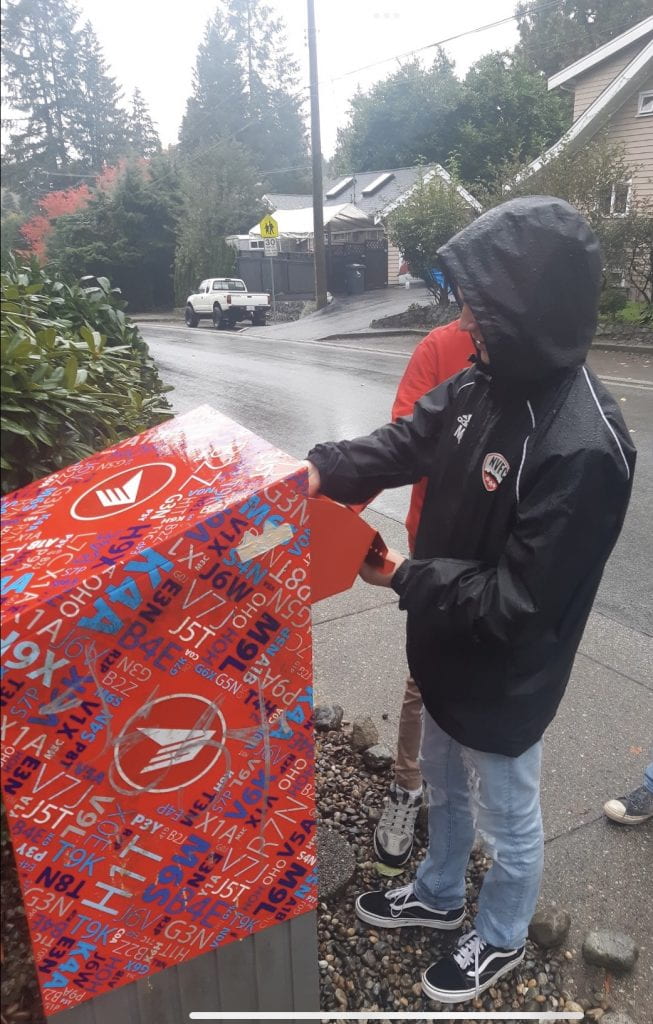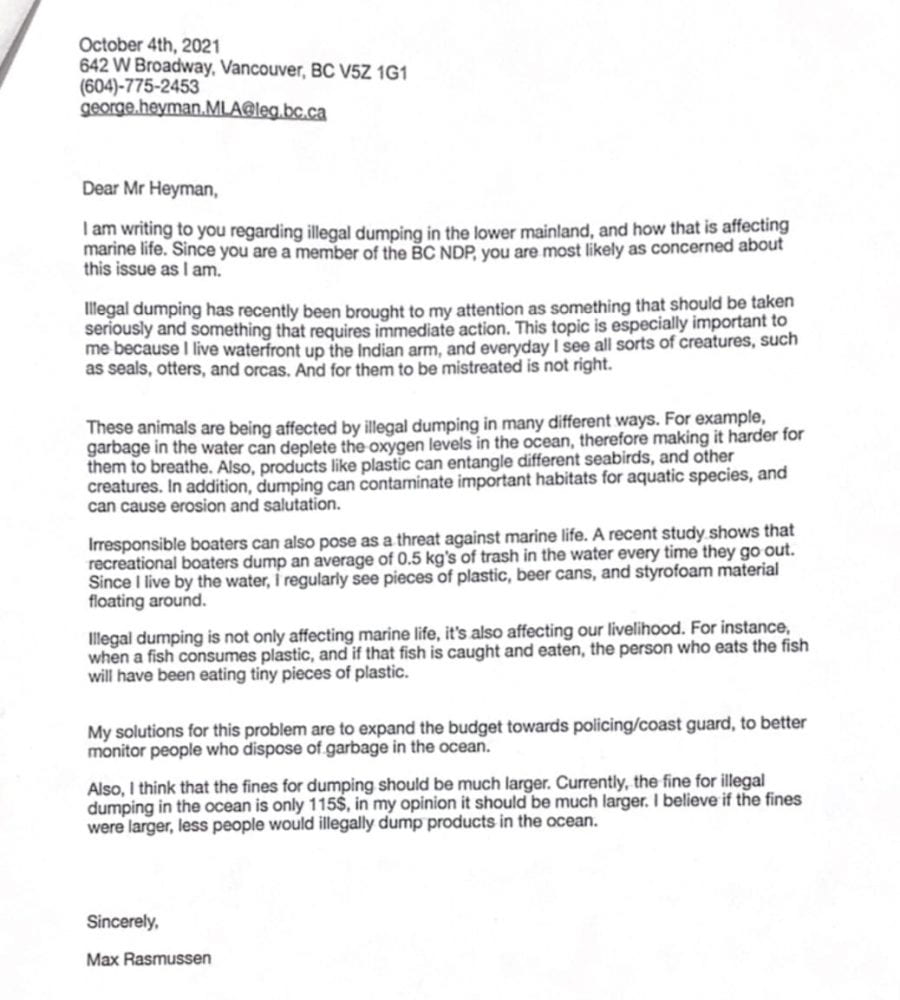Hello readers, and welcome back to my blog! Today’s post is about the recent project we’ve been doing called “Power of imagination”. This project was all about Disney of course, since we went to Disneyworld! This was our first ever out of loon lake learning advance, and it lasted from February 28th to March 9th. The driving question to this project was: “How do Disney theme parks shape and influence the cultural, economic, psychological, and social experiences of visitors?”. They do this through immersive storytelling and visual aspects that make people feel “like they’re there”. I felt this especially at Toy Story land at Hollywood studios, where you felt like a toy, since all the toys around you were life sized. The final product for this project was a video that answered the driving question through interviews, examples, and references to the past. My group partners were: Alicia, Erik, Carter, Ben T, and Theryn.
For keystone 1, we were tasked with creating a “PKM” collection. A PKM stands for “know, wonder, learn, and is a way of organizing your thoughts through notes, links and reflections. We created our “PKM’s” on craft, an app that’s somewhat new for us. For our pkm’s we had to research topics that resounded with our project topic. Since our group was Psychological, I researched on that basis. Here’s one of the PKM’s I made:

I found this keystone to be really resourceful, as I learned more about disneyworld and places I could visit.
For keystone 2, we created a group pitch board for our final video. My group partners were: Alicia, Ben T, Theryn, Carter, and Erik. For this assignment, we made an effort to organize all of our ideas:

Our main talking point was nostalgia of multiple generations, and how Disney had influenced them. We planned to interview people from different generations, and get their opinion on how Disney has influenced them.
For keystone 3, we were tasked with creating a storyboard for our video. This was a chance to visualize our ideas, and get an idea of what our video would look like. This is also where we assigned roles and responsibilities for each task. I was tasked with narrating and filming an interview at Hollywood studios.
Here’s what our storyboard looked like:

Next, we had to complete our final video script. We all evenly contributed to this task, and provided our own ideas into it. Since I was narrator, I had most of the lines for the video.
On February 28th, after a false start, (our initial flight was cancelled), we got to florida on late Tuesday night. What a relief it was to finally get there…
On the first day, which was at Magic Kingdom, we all immediately felt the magic of Disney:
During my day at magic kingdom, I filmed one of my trend videos which was my “just wanna rock dance”.
The work for my trend video didn’t start until we got to Hollywood studios. Erik and myself conducted interviews while in a Walt Disney museum. We asked people about how Disney has affected them, and what makes them feel nostalgic.
Here’s what Hollywood studios looked like:
Once we got back from the trip, it was time to put it all together. We had our clips and interviews all filmed, and the hard work began…
When we started to edit we realized that there was some missing components, that would need to be troubleshooted. For example, our audio in our interviews was pretty quiet and we had to add subtitles over it.
In summation, going to Disney world was an experience of a lifetime and is something I’ll never forget. It was an opportunity to know my peers better, as well as the teachers. As for the project, it was hard work to coordinate different shots and interviews, and we faced some adversity. In this project I got to work on my group work and communication, which was key for us to complete the video.
Thanks for reading!
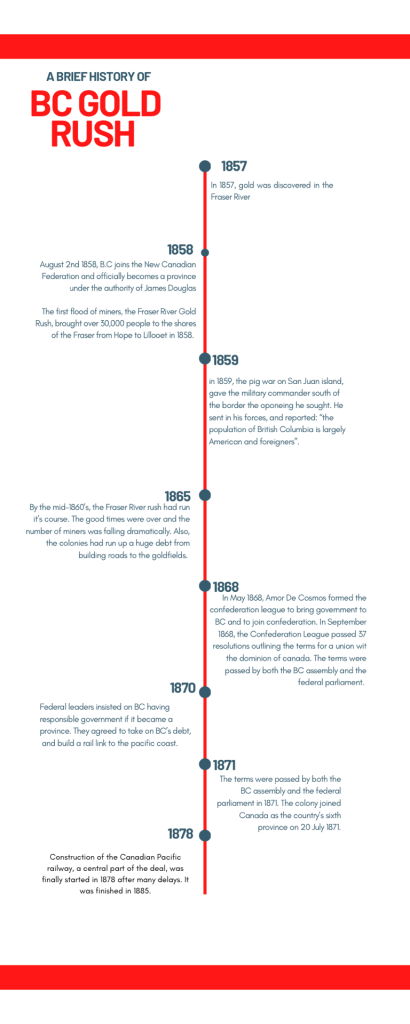










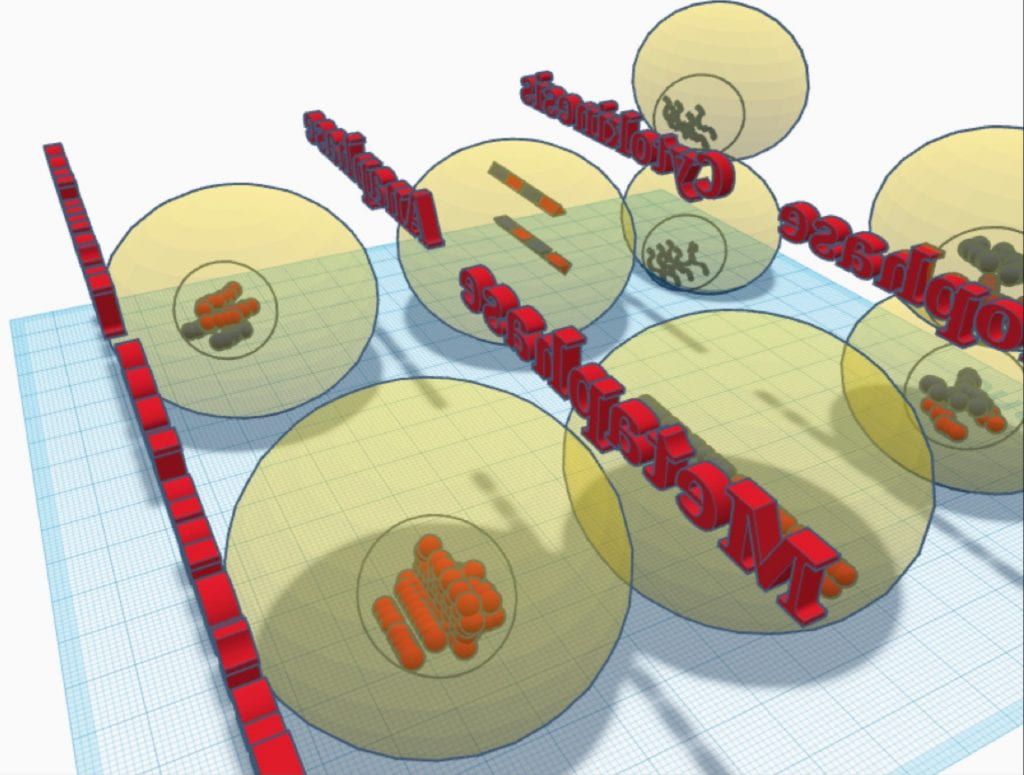
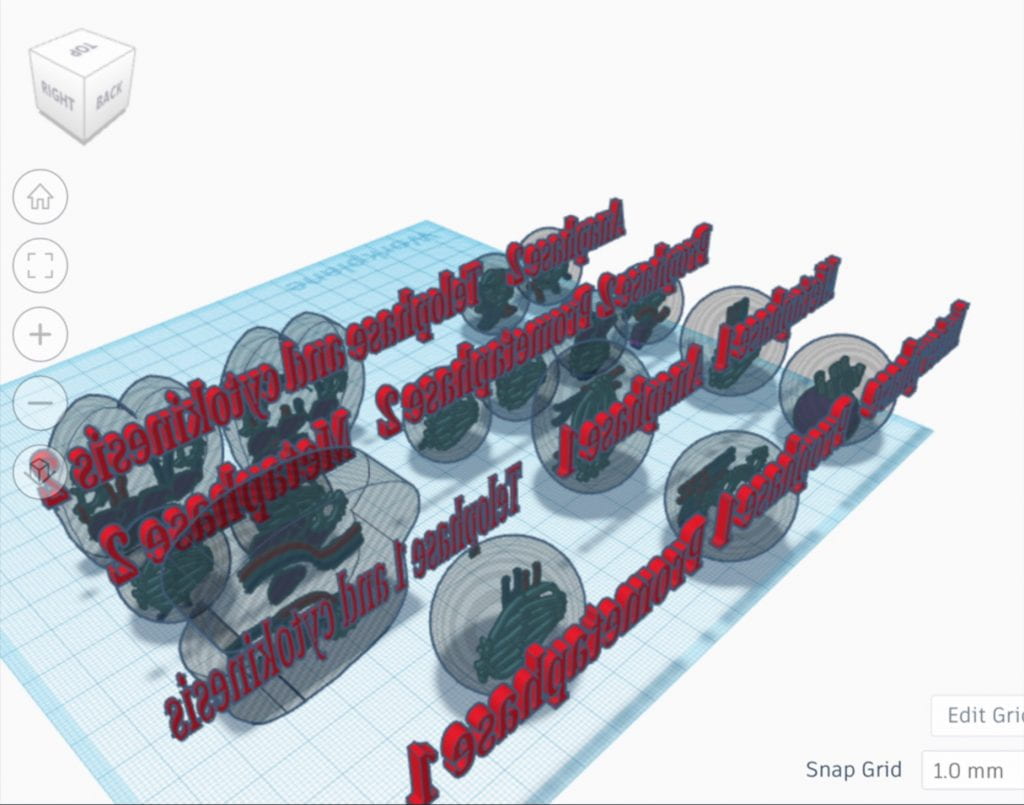






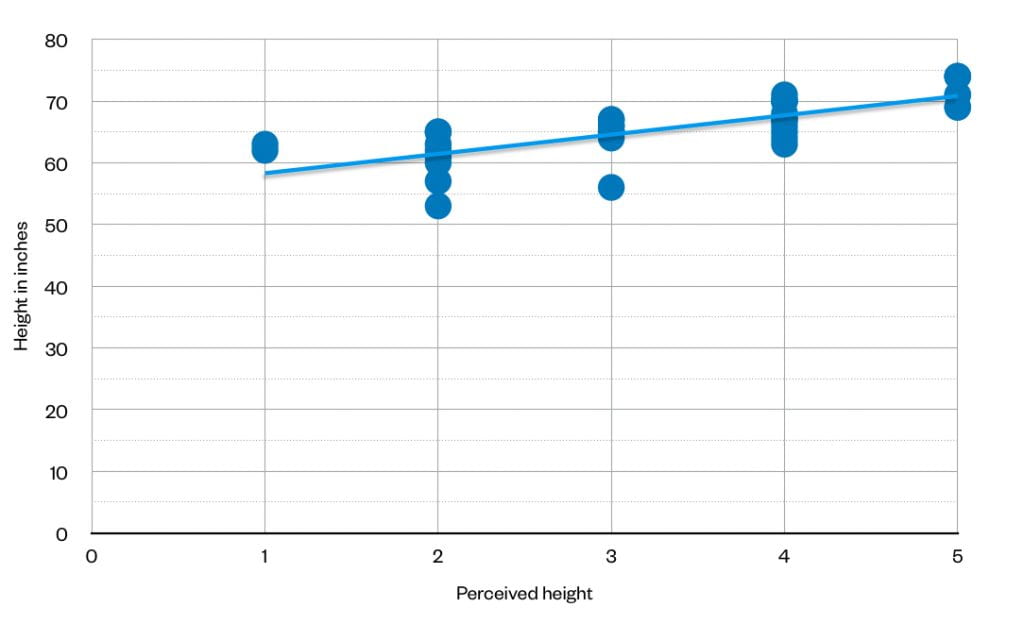

 Now for the curricular competencies.
Now for the curricular competencies.